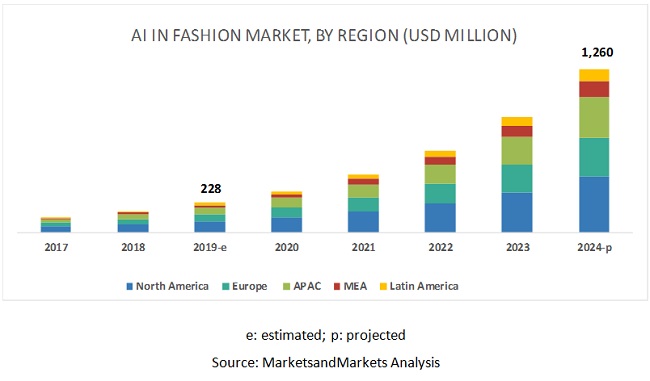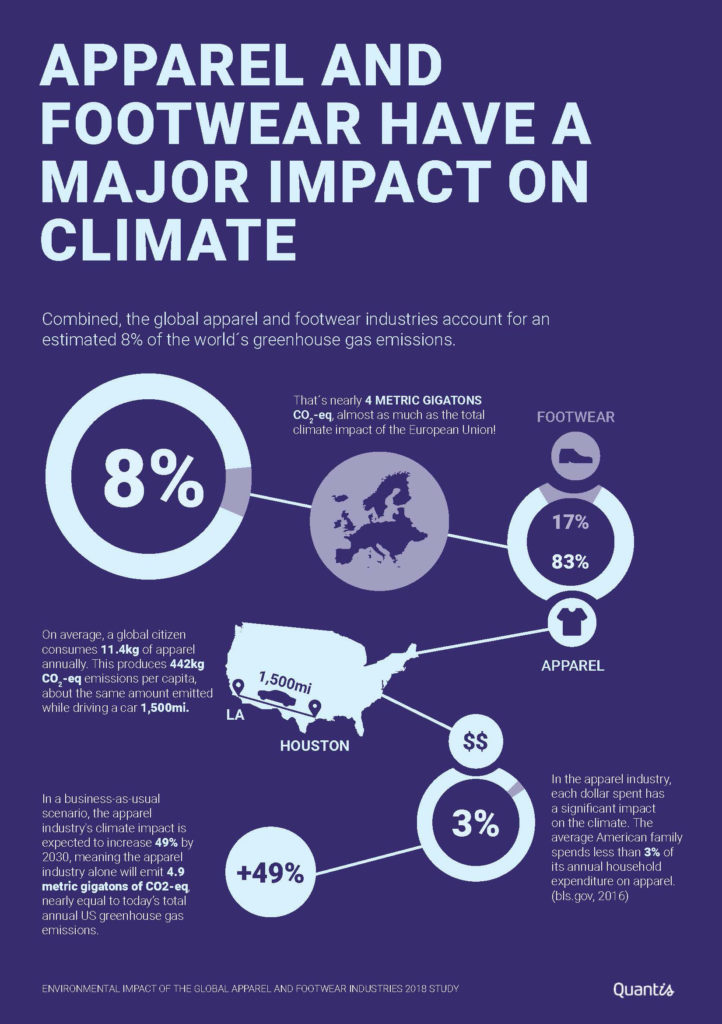Over the past years, the notions of business and communication have become closely interrelated in both relationships with the end-user and within the companies. In business, communication is primarily focused on conveying information to the customer to hear the feedback in return. The trends of such communication, however, are sometimes hard to track due to the rapid changes the world community undergoes. In today’s market, the major ways of communication are the business-to-business (B2B) and business-to-consumer (B2C) models.
While the first model is focused on enterprise communication, the latter aims directly at the end consumer (Rėklaitis & Pilelienė, 2019). The fashion industry, as one of the most progressive business sectors, is also based upon these communication processes. Thus, in the course of this report, major B2B and B2C communication trends in the fashion industry will be introduced and analyzed on the subject of their relevance.
Communication Trends in the Fashion Industry
The notion of trend is quite familiar with the fashion sphere, as various brands and designers all over the world shape and set fashion trends consumers follow each season. Although the communication trends are not as fast-changing, they are still difficult to follow. Having done the research on the topic of current industry trends, the FIDE (Flexibility, Individuality, Digitalization, and Engagement) model can be introduced. The title of the model has a connotative meaning of being a part of “bona fide” expression, which means “genuine, without intention to deceive.” The idea of this genuineness is one of the most important messages the fashion industry is now trying to convey to the broad audience. A further report is aimed at detailed research on each model constituent.
Flexibility
The term “flexibility” stands for one’s ability to adapt quickly to changes with minimum loss. Since the fashion industry is quite customer-dependent, this notion should be integral for fashion businesses. As all the people are the end-users of the industry, diversity is one of the most important aspects of today’s world community. Hence, in order to be able to satisfy the customer’s needs, the fashion industry has introduced an agile supply chain, which caused both strategic and manufacturing flexibility (Umam & Sommanawat, 2019).
The communication trend on flexibility has influenced both B2B and B2C spheres. Speaking of the business-customer relations, any event happening in the world requires a rapid reaction from the fashion world. For instance, the COVID-19 outbreak made many businesses in the market adapt to the situation by creating brand sanitary masks. When it comes to B2B communication, the steady increase of fashion brands on the market requires collaboration in an extreme situation. The example would be the recent LVMH and H&M shift to mass production of hand sanitizers. Thus, flexibility is now a relevant communication trend, which will doubtfully become outdated.
Individuality
Throughout world history, fashion has been one of the most efficient means of self-expression. However, if previously, it was crucial to follow fashion trends set by the industry, today it is the individuality that matters the most. One of the growing trends in today’s society is a diversity celebration, which concerns people of any age, gender, race, and body shape. Such a behavioral pattern has greatly modified the fashion industry development, leaving the mass-market production behind. Since the industry is centered on its consumers, it commenced the rapid custom production in order to adapt to the consumer’s needs (Kaczorowska-Spychalska, 2018).
Unlike the previous production pattern, which was focused on creating a fashionable garment financially available for everyone, the market is now filled with small brands, producing their clothes in quite small numbers. Currently, one of their major goals is to demonstrate the protest to the “herd instinct” shaped by the industry over the last years. Hence, the one side of individuality communication trend is promoting custom production, which helps people express themselves in society.
Another important issue concerning communication is the growing demand for an individualistic approach to the consumer’s assistance. Nowadays, people tend to purchase clothes via the Internet, which makes the procedure of choice relatively more difficult. If in offline showrooms, people are able to communicate with the shop assistant and try the item on, online purchases are not enough customized. Thus, in order to make the procedure more pleasant for the customer, Artificial Intelligence (AI) tools, already used in the fashion industry, might be utilized. The chart below shows the tendency of AI utilization during the next four years (Figure 1).

By enhancing the use of AI in the industry, virtual assistants could be created to make the customer feel special and relaxed. With the help of the neural network, AI virtual assistant would be able to customize the information about the customer in a matter of minutes, creating a unique experience for each individual. In such a way, fashion brands performing an inimitable approach to each customer will be at a great advantage comparing to those brands who fail to customize their communication.
Digitalization
Nowadays, the fashion industry has gone far beyond classic fashion shows and shops. In order to remain relevant to the market, both workplace and production require digital upgrades, which will be able to satisfy the customers’ needs. The workplace digitalization, hence, will help brands communicate with people efficiently and even cheaper, as the technology is now often more affordable than human resources (Lay, 2018). The peculiarities of the digitalized B2C communication is described above.
Engagement
Today’s world is highly influenced by the consequences of globalization. Thus, it is now complicated to define the industry that can exist without any correlations to other business or social aspects. Speaking of fashion, the industry itself cannot exist without following the latest trends concerning social issues or media content. One of such issues today is environmental pollution and climate change, which is highly connected to the fashion industry, as it is currently one of the major polluters (Figure 2).

As many people are now concerned about the global environmental situation, many fashion brands have commenced ecologically friendly campaigns, such as footwear manufacturing by the utilization of recycled plastic. The engagement factor is now extremely significant in terms of both B2B and B2C communication, as the customers and the businesses are interested in cooperating with conscientious brands. Hence, the ecologically friendly fashion policy not only saves the planet, but it enhances the industry’s opportunities as well.
Summary
The fashion industry has always been one of the most adaptive and rapidly changing due to its goal to satisfy the customer’s needs. Thus, with social modification, the communication trends concerning both customers and businesses have also undergone some significant changes. In the course of this report, it was established that some of the major communication trends are connected to flexibility, individuality, digitalization, and engagement, creating the FIDE model. The development of these communication strategies within a fashion unit will help the brand remain relevant and demanded in the market.
References
AI in fashion market [Image]. (2019). Web.
Kaczorowska-Spychalska, D. (2018). Shaping Consumer Behaviour in the Fashion Industry by Interactive Communication. Fibres & Textiles in Eastern Europe, 26(4), 13-19.
Lay, R. (2018). Digital transformation – the ultimate challenge for the fashion industry. Web.
Measuring fashion: Insights from the environmental impact on the global apparel and footwear industries [Image]. (2018). Web.
Rėklaitis, K., & Pilelienė, L. (2019). Principle differences between B2B and B2C marketing communication processes. Management of Organizations: Systematic Research, 81(1), 73-86.
Umam, R., & Sommanawat, K. (2019). Strategic flexibility, manufacturing flexibility, and firm performance under the presence of an agile supply chain: A case of strategic management in fashion industry. Polish Journal of Management Studies, 19(2), 407-418.